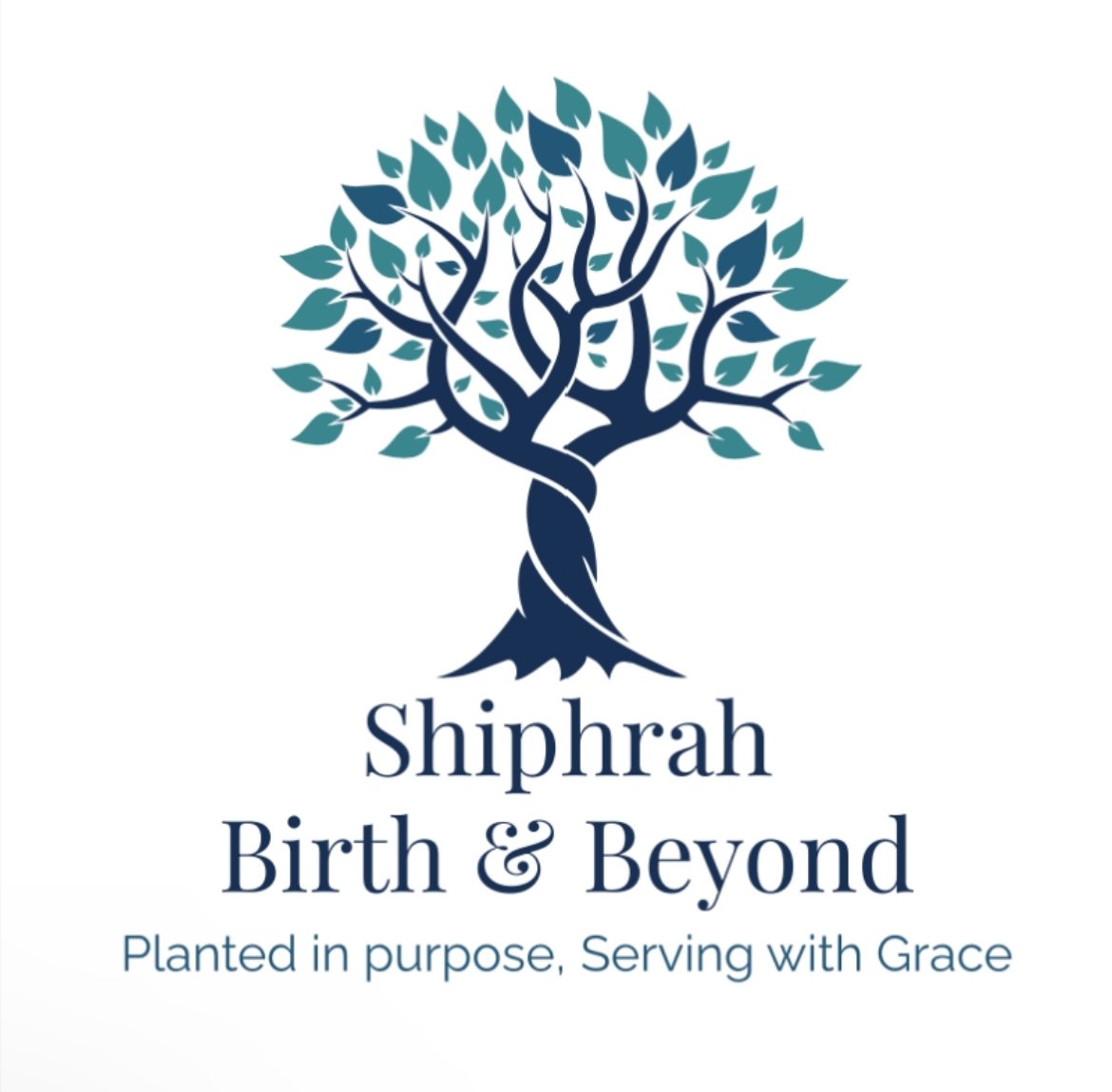Understanding Risk in Pregnancy and Childbirth
Pregnancy is a life-changing journey filled with excitement, anticipation, and sometimes worry. One of the most common concerns people have is about risk—what’s safe for them and their baby, what requires intervention, and what might just be cautionary advice. Understanding risk, how it’s perceived, and how it’s measured can help you make empowered decisions for your birth experience.
What Does “High Risk” Really Mean?
You’ve probably heard the term “high risk” during pregnancy care—but what does it actually mean?
One doctor might call a pregnancy high risk, while another sees it as completely normal.
Seeking a second opinion can reveal how differently birth is approached by various caregivers.
It might feel safer to act quickly if your pregnancy is labeled high risk. But not all “high-risk” labels mean intervention is necessary. For example:
Low amniotic fluid is sometimes a reason to induce labor, but certain levels are normal and may not require intervention.
Question to consider: What does “high risk” really mean for your situation, and what options exist that balance safety and natural processes?
How We Perceive Risk
How risky something feels isn’t always the same as the actual risk.
Our perception of risk is shaped by:
Experience: A friend’s complications during home birth may make you view it as very risky.
Past history: Someone with multiple smooth births may feel their risk is low.
Control: We feel safer when we have control—like driving a car versus being a passenger.
Culture and beliefs: Values, traditions, and spiritual beliefs also play a role.
Understanding these factors helps you make decisions based on both evidence and your comfort level.
Risk and Choices in Childbirth
Pregnancy often inspires people to make healthier choices—quitting smoking, improving nutrition, or exercising more. But decisions about where and how to give birth are also shaped by perceptions of risk.
Some women choose home birth to maintain control, avoid unnecessary interventions, and feel more comfortable in their environment.
Others choose elective cesareans, trusting medical technology and monitoring to manage perceived risks.
Both approaches share a common goal: feeling safe and in control during a vulnerable time. Your choice may depend on your values, experiences, and comfort with medical intervention.
Reflection: How important is control and autonomy to you during birth? How does it influence your preferences?
Relative vs. Absolute Risk
When you read about risks in pregnancy, it helps to understand the difference between relative and absolute risk:
Relative risk: Compares the risk between two groups (e.g., smokers vs. non-smokers).
Absolute risk: The actual chance of an event happening (e.g., 1 in 10, or 10%).
Example:
A disease affects 6 in 1,000 people.
A treatment claims to reduce the risk by 50% (relative risk).
The actual risk goes from 6 in 1,000 to 3 in 1,000 (absolute risk)—a smaller change than it first appears.
Knowing this distinction helps you interpret statistics more accurately and make informed decisions.
Bringing It All Together
Risk in pregnancy is more than a number—it’s shaped by perception, experience, and control. Here’s what to keep in mind:
Not all “high-risk” labels require intervention.
Your perception of risk can differ from actual probabilities.
Birth choices—home birth, hospital birth, or cesarean—are often about finding control and safety.
Understanding relative vs. absolute risk helps you see the full picture.
By understanding risk in all its forms, you can approach pregnancy and childbirth with clarity, confidence, and a sense of empowerment.
